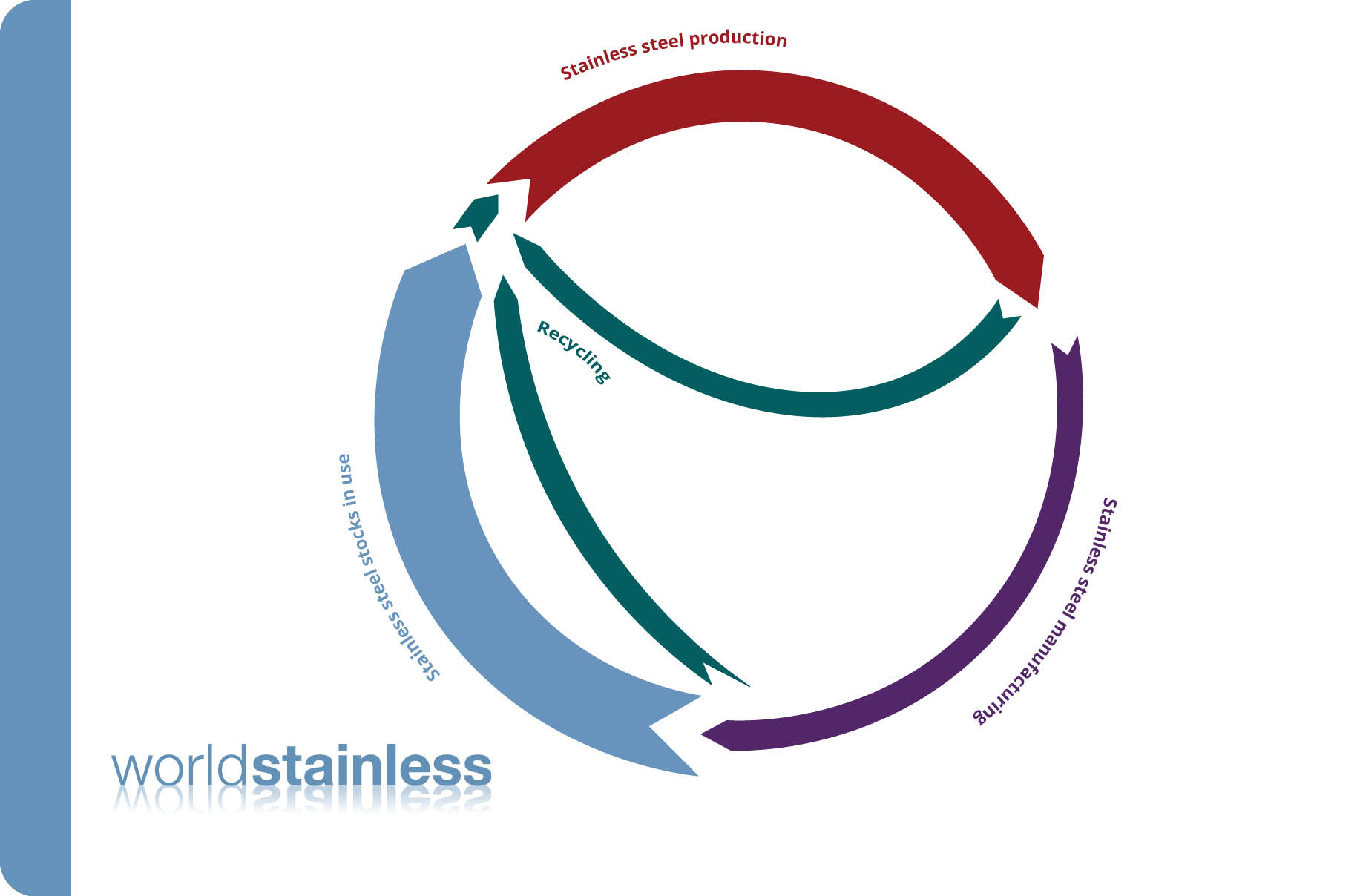Life Cycle Thinking Chapter 2: Emissions and Resilient Materials

The impact of climate change has been progressing for many years now and as a global society we need to act quickly if we are to make appropriate changes to limit the impact of global warming. Much effort is currently aligned to reducing emissions associated with power generation, public & personal mobility and heavy production industries. Whilst this effort is important it is equally important to consider our materials selection decisions for the following primary reason.
Around 75% of the emissions associated with a product or installation occur in the operational or usage phase. Therefore, only around 25% of emissions are associated with materials production, product assembly and installation. Careful consideration of the most suitable and resilient materials for products and installations can lead to a significantly beneficial outcome which not only reduces the emissions associated with the use of a product or operation of an installation, but also reduces life cycle costs and maintenance needs.
In order to overcome the barriers associated with this changed way of thinking we must reset our minds. This means shifting away from compartmentalized thinking to holistic thinking and demands that all major organizations ‘design for generations’ and not for the short term. We just cannot afford to continue using the current amount of virgin consumption we have been used to for decades.
This webinar has ended. Click here to watch a recording.







